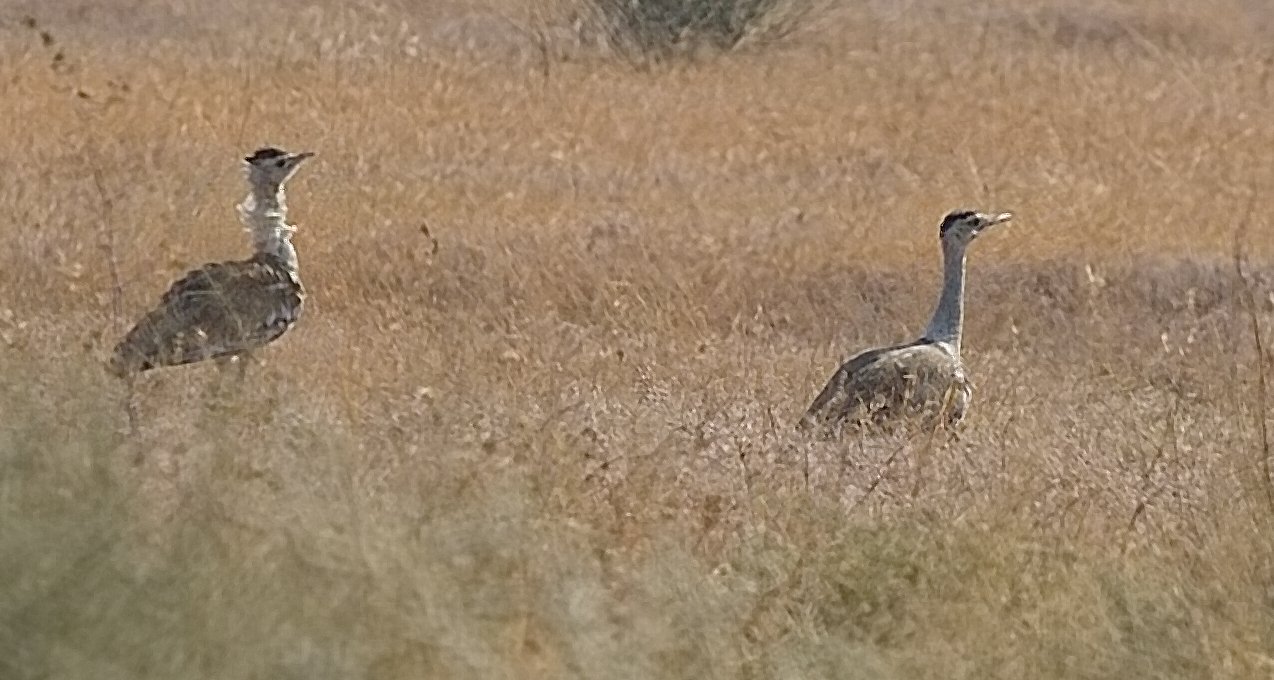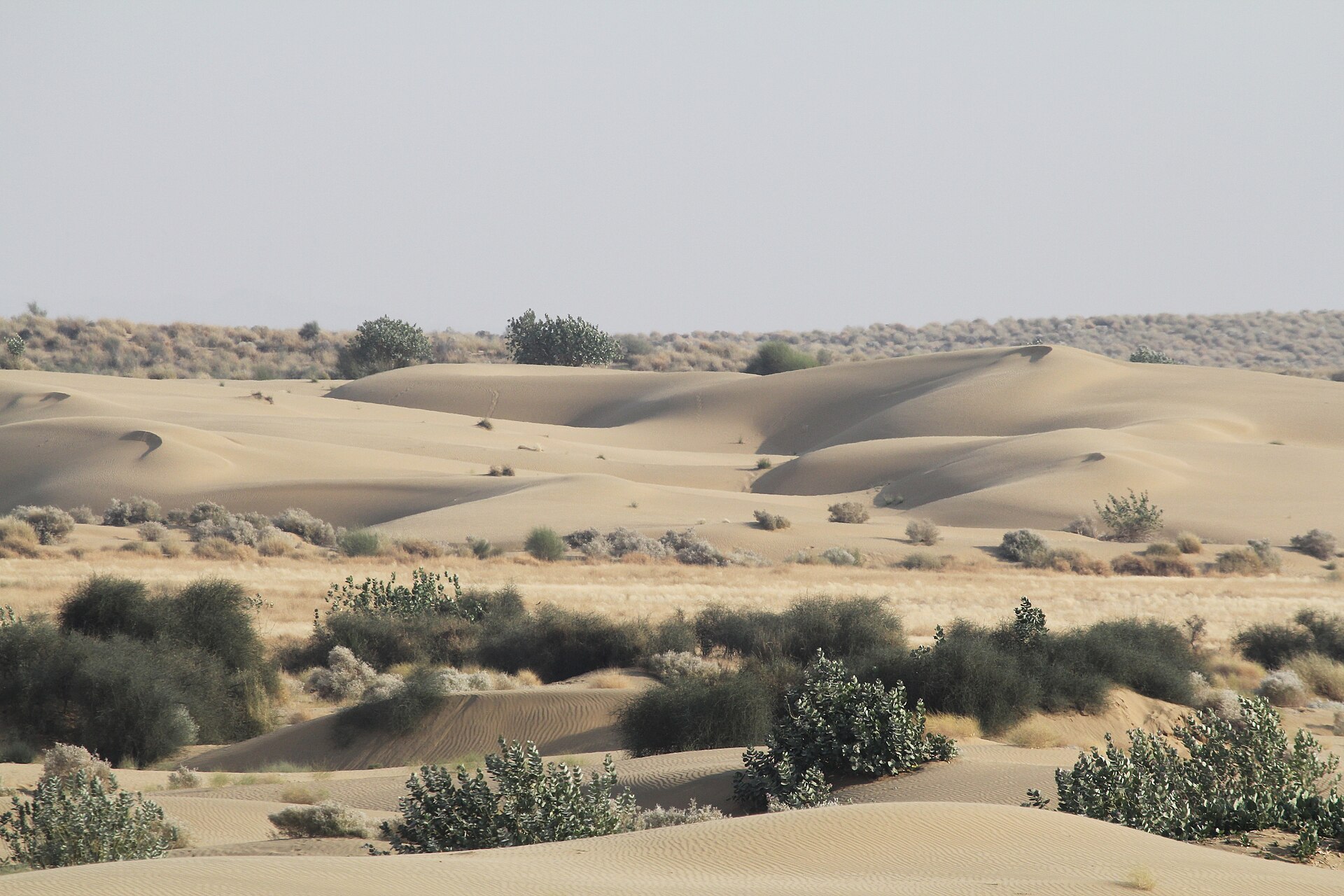 |
| One of several entrances of Kruger National Park |
For the past decade, South Africa has been suffering tremendously from rhino poaching with incidents occurring in protected areas ranging from private and public game reserves to national parks, including the famed Kruger National Park. Even though poachers have been arrested and brought into custody following such incidences, majority of the cases were and probably are delayed. But now, there has been a game changer in South Africa's battle against poaching. An opening of a regional court in Skukuza, the main camp of Kruger National Park and the park's administrative headquarters, has resulted in a surge in prosecution and conviction of poachers. In addition, SANParks protection services, in partnership with the South African Police Service (SAPS) and National Defense Force, have been carrying out concerted operations at key spots in Kruger National Park where cars have been stopped and inspected for illegal contraband which includes ammunition, firearms, rhino horns, and elephant tusks. Officials stated that poaching cases have received the much-needed attention since the opening of the regional court. Patrick Sibuyi, commander of the Skukuza police station, indicated that the court is designed to not just hold trials of suspected poachers but also facilitate poaching cases that had been delayed for a long time. He further added that using dogs of the park's K-9 unit has helped in finding illicit substances and equipment, and that a local police station has made it easier for those found guilty of minor crimes like driving in the park without a license to be fined at once.
_female_with_calf_(17292632769).jpg/1920px-White_Rhinos_(Ceratotherium_simum)_female_with_calf_(17292632769).jpg) |
| A mother southern white rhino and her calf in Kruger National Park |
I find that this is a very promising news that a regional court has been opened in Kruger National Park. But what I find particularly fascinating about this court is its intention to expedite South Africa's poaching cases that have long been delayed. This will certainly prosecute and convict poachers the way they should have been in the past years when they were tried in courts outside the national park. I'm also happy to see that rhino poaching is overall on the decrease in the country, according to SANParks. However, Kruger National Park has experienced a recent surge in poaching with at least four incidents involving white rhinos recorded in the past week and a half. In addition, a field ranger was shot dead during a shootout with the poachers last month. Eleven days later, 23 poachers were arrested and charged at the Skukuza Police Station. I clearly believe that as long as vigilance is maintained and justice is served without delay, then rhino poaching would be greatly reduced in South Africa and elsewhere in the world. The demand for rhino horns has been and continues to devastate rhino populations in Africa and Asia. Just recently, a total of 50 rhino horns worth 10 million pounds were confiscated en route to Vietnam. It is highly crucial to step up the efforts in combating the ongoing poaching epidemic that is decimating rhinos and other endangered species indiscriminately.
View article here


.jpg/1920px-Branta_leucopsis_EM1A2624_(27349357341).jpg)





.jpg/800px-SaurabhSawant_Bustard_Rajasthan_SAU_0136_(cropped).jpg)



